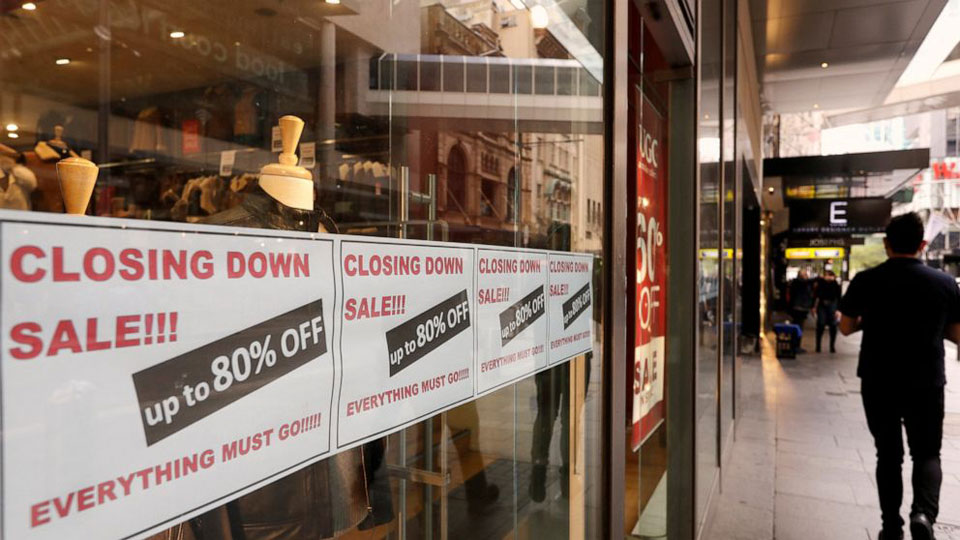
CANBERRA—Australian Prime Minister Scott Morrison’s “big-spend” budget is noteworthy, not for its economic stimulus, but for its failure to direct expenditure to where it is most needed and would most benefit the economy. Nor are its tax cuts directed to where they are most likely to be spent and stimulate the economy. Instead, the budget put forward will increase inequality and add to the ranks of the unemployed and underemployed.
The budget reads more like a corporate budget as if the government itself were being privatized. By far, most of the spending spree is directed to the private sector. The $213 billion deficit and the debt approaching $1 trillion by 2024 are massive, but they are not an issue with interest rates so low. Or they would not be if the government were spending this money wisely. It is not.
The focus of the budget should be jobs and higher incomes for those who are struggling, who are in need. But again, it is not.
Fails on job creation
Treasurer Josh Frydenberg’s claims that “this budget is all about jobs” ring hollow. The measures fall far short of this claim; in fact, they are more likely to increase unemployment.
The government’s wage subsidy program (JobKeeper) and the doubling of unemployment benefits (JobSeeker supplement) were critical to the economy not crashing far deeper into an already deep recession. They were critical in keeping unemployment and underemployment from rising higher. As it is, around 2.5 million workers are either unemployed or underemployed. The government even admits that this number will increase by the end of the year but fails to take serious action to prevent it.
The $300 biweekly cut in JobKeeper that commenced at the end of September remains. The second cut in January 2020 and the ending of the JobKeeper scheme by the end of March also remain in the government’s latest fiscal plan. This will see even more families driven into poverty and businesses that were just hanging in go under.
For the unemployed, JobSeeker was cut by $300 in September, from approximately $1,115 to $815, around $58 a day. The $1,115 every two weeks made a huge difference to the unemployed, enabling them to pay bills and put food on the table. There is no certainty of the now $250 coronavirus supplement continuing beyond the end of December.
If the government were serious about stimulating the economy to create jobs, the first thing it would have done was to restore these two payments. Its failure to do this is cruel and punitive. With one job vacancy for every 18 people unemployed, the government should stop treating the unemployed as lazy and stop punishing them and their families.
The government knows that it is driving more people into dire poverty and reliance on charities. But it does not appear to care one iota about the plight of workers.
A New Deloitte analysis for the Australian Council of Social Service (ACOSS) forecasts the equivalent of 145,000 full-time jobs and $31.3 billion in economic activity will be lost if JobSeeker cuts proceed as planned.
Tax cuts on the backs of workers
The cuts to JobSeeker and JobKeeper payments at the end of September are in effect funding the personal income tax cuts now being pushed by the Morrison government. The tax cuts will do little to stimulate the economy, whereas JobSeeker and most JobKeeper recipients will spend every cent they receive.

“Investing $16.9 billion evenly across the employment-intensive sectors of university education, childcare, healthcare, aged care, and the creative arts would create 210,506 jobs, which is 160,506 more jobs than the 50,000 jobs the government claims the tax cuts will create,” The Australia Institute (TAI) said in an analysis of the budget.
$16.9 billion is the estimated cost of the tax cuts in 2021-22. The total over 2020-21 (half-year) and 2021-22 is $23.8 billion. TAI’s budget analysis also points out just how the tax cuts will increase inequality on a permanent basis:
“In 2020-21, 41% of the government’s tax plan will go to the top 20% of income earners. The bottom 20% gets only 4%. In 2021-22, 88% of the government’s tax plan will go to the top 20% of income earners. The bottom 20% get nothing. Those new tax settings favoring wealthy Australians will then be permanent.”
It is well known that people on higher incomes are less likely to spend tax cuts.
Job creation investment
Pouring billions of dollars into tax cuts for the wealthy, tax cuts for big business, investment, “incentives” for business, and the like, will create relatively few jobs and actually destroy jobs where it involves modernization.
Whereas embarking on a program of social spending, as TAI says, would create many more jobs and be of great benefit to the people who most need it.
The Communist Party of Australia has issued a program that is the direct opposite of the Morrison government’s approach. The party is calling for spending on social priorities including affordable public housing; public hospitals; public education; universal, free public early childcare education; free, quality public aged care; renewable energy and other environmental projects; abolition of all university fees; and increased spending on the arts and sport.









